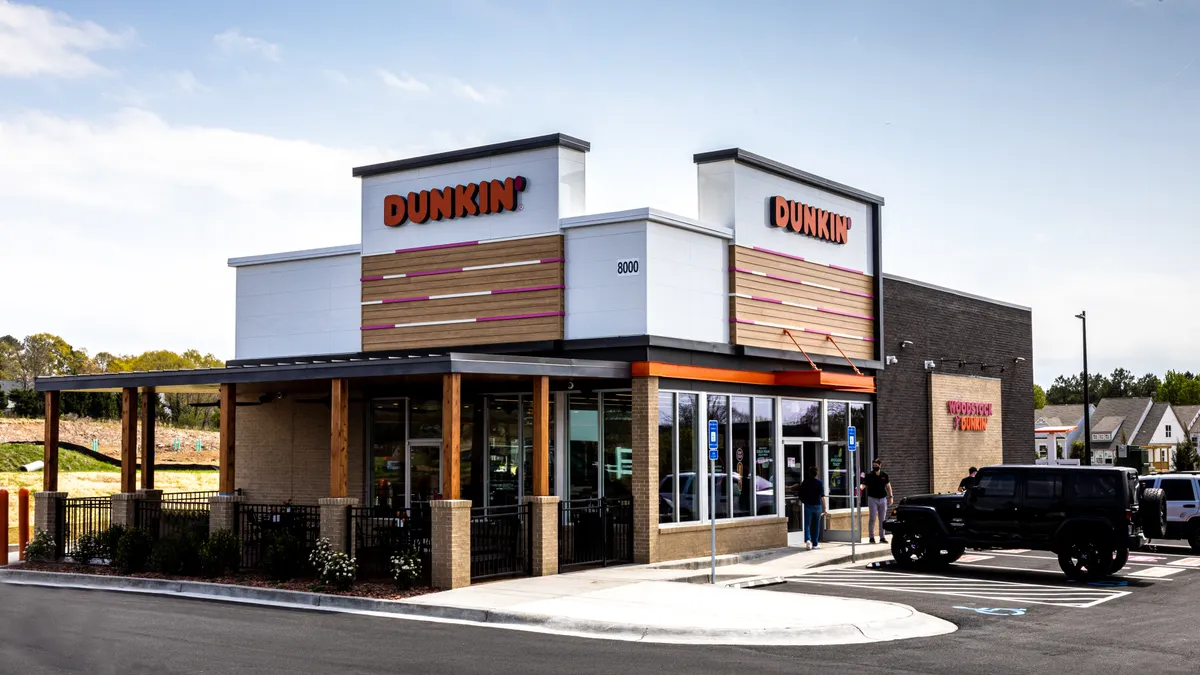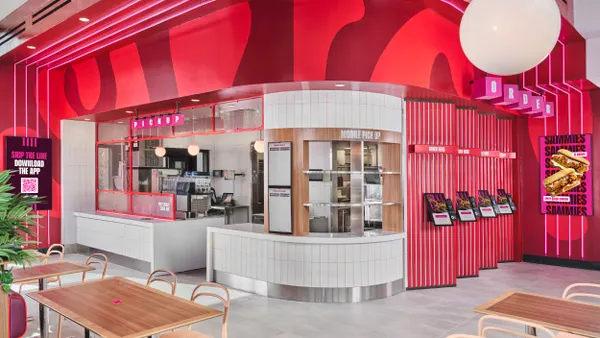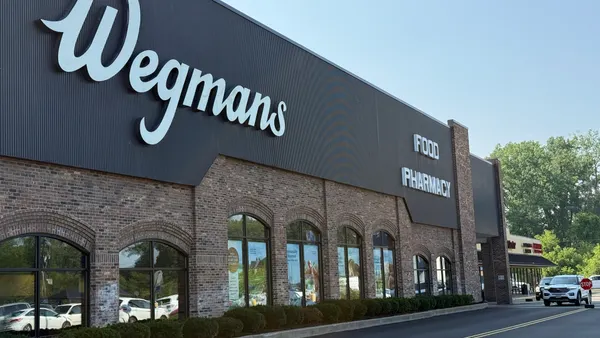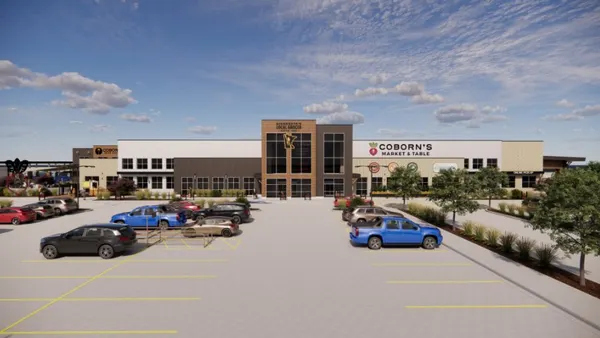If there’s one theme dominating the restaurant industry in 2025, it’s food costs. In Restaurant365’s 2025 State of the Restaurant Industry Midyear Report, more than 90% of operators said their food expenses increased this year—and nearly as many expect those costs to continue climbing in the second half.
The challenges are coming from multiple directions: inflation, supply chain disruptions and tariffs that layer additional volatility onto an already unpredictable market. For operators, the question isn’t whether food costs are going up—it’s how to respond.
The Numbers Behind the Pressure
- 91% of restaurant leaders reported food cost increases in 2025 so far.
- A majority (82%) saw costs rise between 1% and 5%.
- Another 36% experienced hikes between 6% and 14%.
- And 13% reported spikes of 15% or more.
Looking ahead, 90% of operators believe food costs will keep rising through the remainder of the year.
Tariffs are compounding the problem. Nearly 80% of surveyed operators expect tariffs to impact their business this year, with many bracing for 10–25% increases in ingredient costs directly tied to trade policy. For some, those tariff-driven hikes alone could cut average profit margins by nearly a third.
Menu Adjustments: A Balancing Act
Operators are not sitting still. More than half (56%) have raised menu prices to offset higher expenses, but most are taking a layered approach.
Other adaptations include:
- Supplier changes (20%): Negotiating better deals or switching vendors.
- More frequent inventory/waste tracking (18%): Reducing shrinkage and spotting problems earlier.
- Smaller or streamlined menus (6%): Simplifying sourcing and highlighting dishes with stronger margins.
These moves reflect a growing emphasis on precision. Restaurants can’t afford to simply absorb cost hikes or alienate guests with repeated price increases. They need to adjust thoughtfully, maintaining profitability without sacrificing quality or guest loyalty.
Smart Sourcing and Seasonal Strategies
One common thread among operators is a shift toward seasonal and local sourcing. Using ingredients at peak availability helps control costs while adding menu variety and freshness. Others are leaning on versatile staples used across multiple dishes, making ordering and prep more efficient.
Plant-based options and smaller portion sizes are also being tested as ways to reduce costs while meeting shifting guest preferences.
“Rising food costs are forcing us to rethink everything—suppliers, portion sizes, even which dishes deserve to stay on the menu,” one operator shared in the survey. “The goal is to keep margins intact while still giving guests value.”
Tech as a Cost-Control Tool
Technology is playing a critical role in managing rising food costs. Operators are increasingly adopting systems that track real-time inventory, forecast demand more accurately and flag waste patterns early. These tools provide the visibility needed to take corrective action before small problems turn into major losses.
For practical strategies, see the Restaurant365 Food Cost Guide.
The Ripple Effect on Strategy
Food costs are no longer just a back-office issue. They influence everything from staffing to expansion plans. With 36% of operators naming food expenses as their most persistent challenge, leaders are rethinking growth strategies, holding back on new locations and instead focusing on efficiency gains across existing units.
At the same time, many are leaning into new revenue streams—from catering to branded merchandise—to balance out higher input costs.
Looking Ahead
The second half of 2025 isn’t likely to bring relief on the cost front. Inflation remains sticky, tariffs are unpredictable and global supply chains are still under strain. But restaurant operators are proving resilient.
By tightening sourcing strategies, streamlining menus, adopting smarter technology and finding creative new revenue streams, they’re showing that even in the face of relentless food price pressure, adaptability remains the industry’s strongest ingredient.










